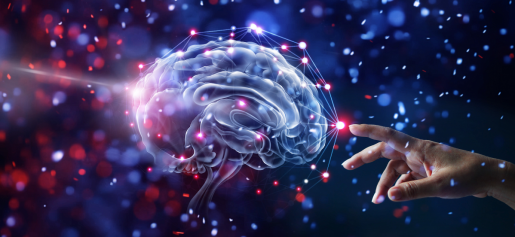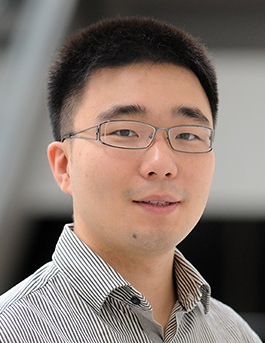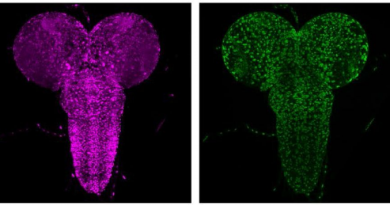Single cells reveal genetic connections of neurodevelopmental disorders
A large number of genes has been implicated in neurodevelopmental disorders (NDDs) such as autism, developmental delays, intellectual disabilities and epilepsy, but it is difficult to determine how these genes, individually and as a group, contribute to the disease.

A collaboration between the laboratories of Dr. Huda Zoghbi and Dr. Zhandong Liu provides a new level of understanding of NDDs through a novel approach that identifies expression patterns of involved genes in individual cell-types at specific stages of neural development.


One cell at a time
The team integrated single-cell RNA sequencing data from the developing human prefrontal cortex with genes mutated in NDDs. The analysis revealed that the expression of genes implicated in autism spectrum disorders (ASD) and epilepsy was enriched in similar cell-types and cell-type transitions during gestational week 10, a period that is critical for neurons in the prefrontal cortex. This observation indicates a functional overlap between these genes. Further analysis revealed that during this developmental time, ASD genes regulate epilepsy genes, and likely other genes involved in other NDDs.
These are exciting findings because they offer a possible explanation for why ASD and epilepsy tend to occur together and provide a clue as to why certain symptoms like seizures are often present in both these disorders, as well as in other NDDs.
Although several similar studies have been conducted in recent years, the majority of them have relied on gene expression data collected from bulk brain tissue, making it impossible to identify co-expression patterns at the single cell resolution. An innovation of the Liu and Zoghbi study is that they looked at gene expression data in individual cells.
Analyzing single-RNA sequencing data of individual brain cells offered us an unprecedented opportunity to understand the genetic factors contributing to ASD and epilepsy at the single-cell level during a specific developmental time frame,” said Dr. Kaifang Pang, senior postdoctoral fellow in the Liu lab and lead author on the study.
“The beauty of this approach lies in its simplicity, which makes it robust and highly reproducible. We think this is an ideal computational framework for future investigations using single-cell RNA sequencing data for exploring the genetic and physiologic factors contributing to other NDD disorders,” said Liu, corresponding author of the work. He is associate professor of pediatrics and neurology at Baylor and investigator at the Jan and Dan Duncan Neurological Research Institute at Texas Children’s Hospital.
Read the complete study in the journal Genome Research.
Li Wang, Wei Wang, Jian Zhou and Chao Cheng at Baylor College of Medicine, and Kihoon Han at Korea University, also contributed to this work.
Zoghbi is professor of molecular and human genetics, pediatrics and neuroscience and Ralph D. Feigin, M.D. Endowed Chair at Baylor. She also is the director of the Jan and Dan Duncan Neurological Research Institute at Texas Children’s Hospital, an investigator at the Howard Hughes Medical Institute and a member of the Dan L Duncan Comprehensive Cancer Center.
The study was funded by the National Institutes of Health, National Science Foundation, Research Institute of Texas, Houston Endowment, Hamill Foundation, Chao Family Foundation, Huffington Foundation and Howard Hughes Medical Institute.



